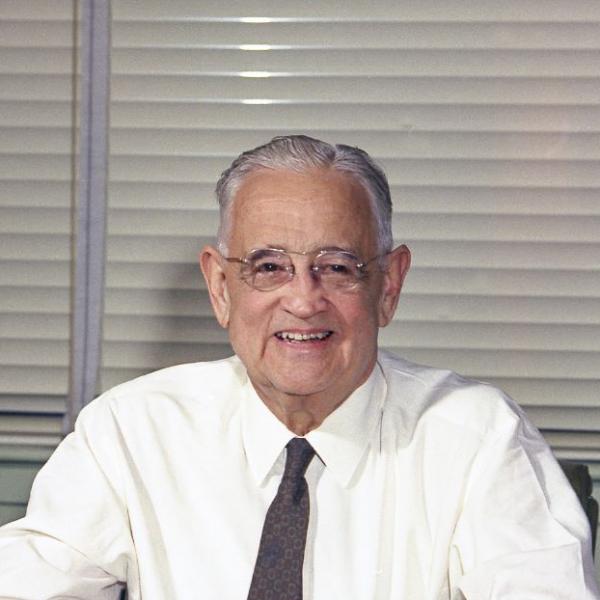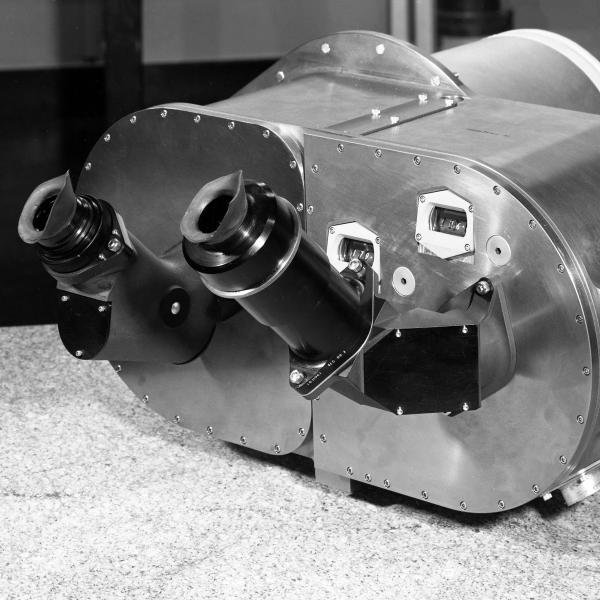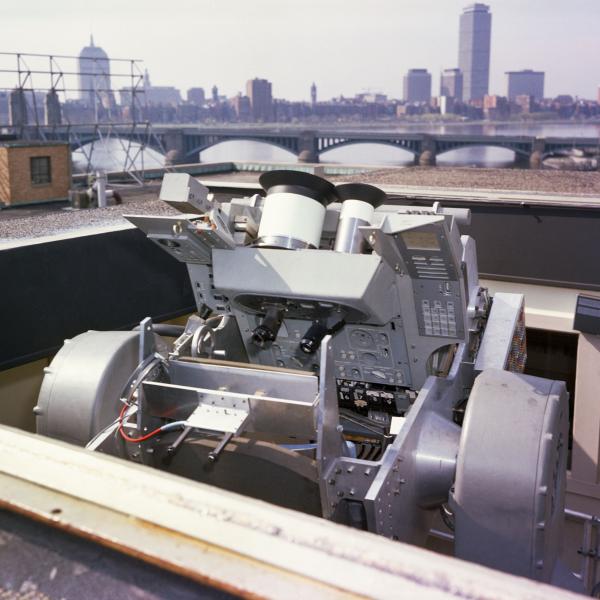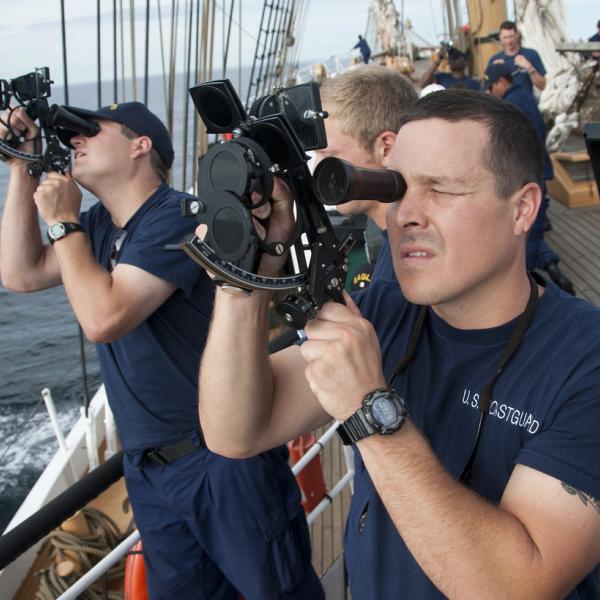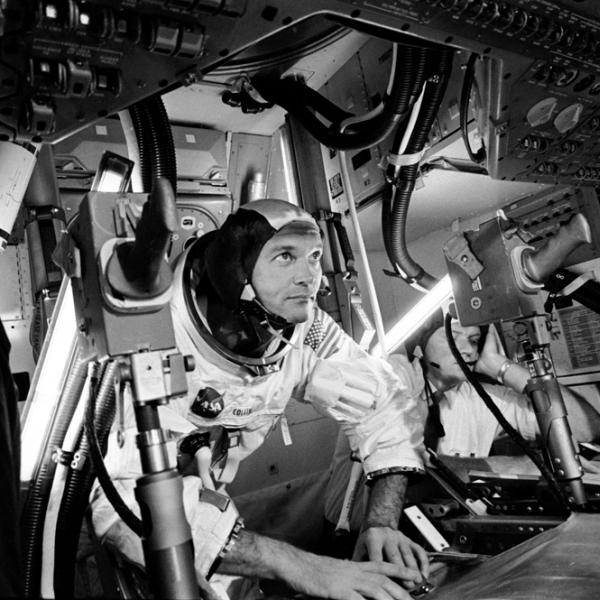
In Their Own Words: Peter Vernam on Sextant Navigation
Peter Vernam worked in computer science and computer engineering at MIT/Draper for 50 years.
"When the navigator made measurements using a computer controlled sextant, it was part of the Apollo Guidance Computer. Draper would get data from the spacecraft and I would put that into computer programs that would recreate exactly what it was that he saw when he looked through the eyepiece of the instrument.
What the navigator did with the sextant, he would align a star with either the moon’s or the Earth's horizon and the instrument would measure the angles of the roll, pitch of the spacecraft, and all of these things. It was important that it was aligned properly. If it was a little bit off, that would change the angle at which the instrument would measure the distance between the star and that horizon.
It was important that this be accurate because if they came in too shallow, they’d skip off like a pebble on a pond or if they came in too steep, they would generate too much heat and they probably wouldn't survive the reentry.
The data would be sent down to Houston and then that would get sent to Cambridge via a very rudimentary method. Basically voice over telephone because there was no direct electronic mechanism for transmitting data from Houston to Cambridge at that time. This was before there was an internet. Those numbers would be read over the telephone and there would be myself and my boss on two different telephones in the same room, listening to the numbers and writing them down as they were read to us, and then we would compare the notes on our two pads of paper.
If we found any discrepancies, we would call back and have them repeat those numbers so we would get them right. If the numbers were the same, I would punch them on computer cards and put them into a mainframe computer that generated plots that reproduced exactly what the navigator saw. And we could see, well, he aligned this one correctly, but he didn't do this one quite right, it was off to the side."

